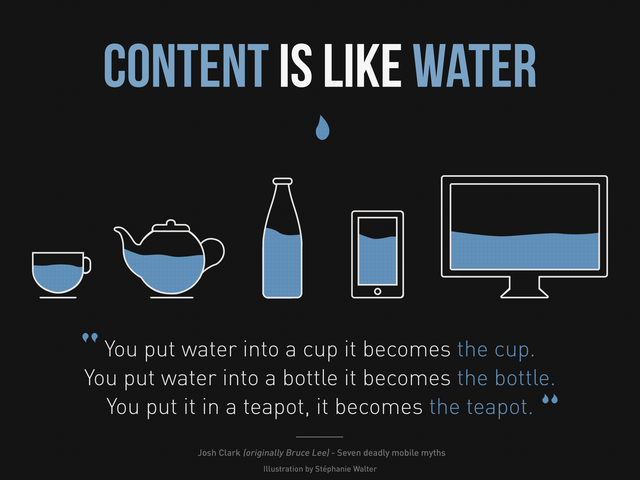Context vs Content
Content and context are two words in the English language that are often confused due to the apparent similarity of their spellings and pronunciation. However, there are some differences between the two words that set them apart.
What is Context?
Context refers to a certain section of a written text or an oral speech that immediately precedes or follows a word or passage that clarifies its meaning. It is a concept used in language sciences such as sociolinguistics, linguistics, systemic functional linguistics, pragmatics, discourse analysis, semiotics, and more. Context can be used in either verbal context or social context. Verbal context refers to a medium of expression, such as a speech, word, conversational turn, or sentence, where the context of this discourse influences the manner in which the expression is understood. Social context, on the other hand, is used in sociolinguistics and is defined in objective social variables, such as gender, class, race, or age, that make up one’s social identity. Speech and text can also be recognized as social variables that social context is defined as.
What is Content?
Content refers to written or recorded material that constitutes a single production. It is the information or experience that provides value for the customer or the end user. Content can be an essay, dissertation, video, book, and more, and it is often expressed in writing, speech, or other forms of art and presented via different media, such as books, newspapers, the internet, conferences, and CDs.
Key Takeaways
- Context refers to the surrounding elements of a word or passage that help clarify its meaning, while content refers to the information or material in a single production.
- Context can be divided into verbal context, which involves the medium of expression, and social context, which involves objective social variables that make up one’s social identity.
- Content is expressed in various forms, such as writing, speech, or art, and can be presented through different media, such as books, newspapers, the internet, conferences, and CDs.
